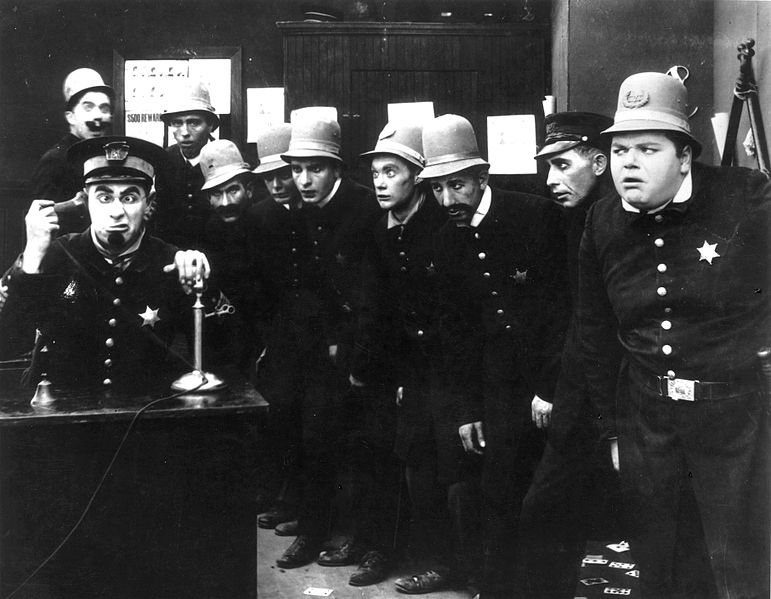A recent report issued by the Center for Biological Diversity shows how in many states, the rooftop solar market is suffering from death by a thousand cuts. Throwing Shade – 10 Sunny States Blocking Distributive Solar Development – 2018 Edition focuses primarily on “Sunbelt” states whose policies neglect or are hostile to distributed solar – that is, solar not owned or controlled by utility companies.
These states, plus Midwestern ones, have significant commonalities that stifle customer owned or negotiated solar, resulting in stunted or unbalanced PV markets. Distributed solar in this instance refers to rooftop residential or nonresidential installations, plus the nascent third party community solar market. The report did not include Alaska or Hawaii in the overall assessment.
The “sunny” states examined are Alabama, Florida, Georgia, Indiana (apparently an honorary “sunny” state), Louisiana, Oklahoma, South Carolina, Tennessee, Texas and Virginia, with cloudier Michigan and Wisconsin tossed in for good measure. Throwing Shade estimates these states should technically account for about 1/3 of the rooftop solar market in the United States. Instead, this group accounts for only 7.5% of the national market.
In the still early stages of rooftop solar market development, these states are laggards, all under 1% of technical potential, ranging all the way down to .01%. By contrast, sunbelt states like Arizona are estimated to be at about 4% of technical rooftop potential, with overall leader California at 3.8%.
Commonalities identified in the report include all but two states (Michigan and Texas) having no mandatory renewable portfolio standard, and only one (Michigan) with a solar or distributive generation carve-out. Mandatory net metering policies were either non-existent or weak except for the Lone Star State. No state had a trifecta of solar rights explicitly stated plus strong net meter and interconnection policies.
While community solar is still getting off the ground across the United States, Virginia was the only state with even a pilot program. Only South Carolina had both solar leasing and power purchase agreements for non-utilities in place. Seven states either didn’t allow the practices, or were uncertain, essentially serving the same negative function. Another commonality is most of these states were served by “regulated” utility monopolies, making competition and customer choice weak or non-existent.
These wet blanket rooftop solar policy states have stunted or unbalanced solar markets. This can lead to PV resources not being used for their effective grid supporting value, as well as raising issues around customer equity. According to the Solar Energy Industries Association, about 40% of the solar capacity in the United States in 2017 was non-utility rooftop installations, including both residential and nonresidential.
However, most of the states featured in the report had only about 15% or less of their solar as non-utility installations in 2017. In one case, Georgia, near zero. By contrast Louisiana’s solar market in 2017 was virtually all non-utility, Wisconsin’s about 75% non-utility and Indiana’s about 33%. But these are all small markets, with each reaching a capacity of only 10-60 MW.
This content is protected by copyright and may not be reused. If you want to cooperate with us and would like to reuse some of our content, please contact: editors@pv-magazine.com.








By submitting this form you agree to pv magazine using your data for the purposes of publishing your comment.
Your personal data will only be disclosed or otherwise transmitted to third parties for the purposes of spam filtering or if this is necessary for technical maintenance of the website. Any other transfer to third parties will not take place unless this is justified on the basis of applicable data protection regulations or if pv magazine is legally obliged to do so.
You may revoke this consent at any time with effect for the future, in which case your personal data will be deleted immediately. Otherwise, your data will be deleted if pv magazine has processed your request or the purpose of data storage is fulfilled.
Further information on data privacy can be found in our Data Protection Policy.